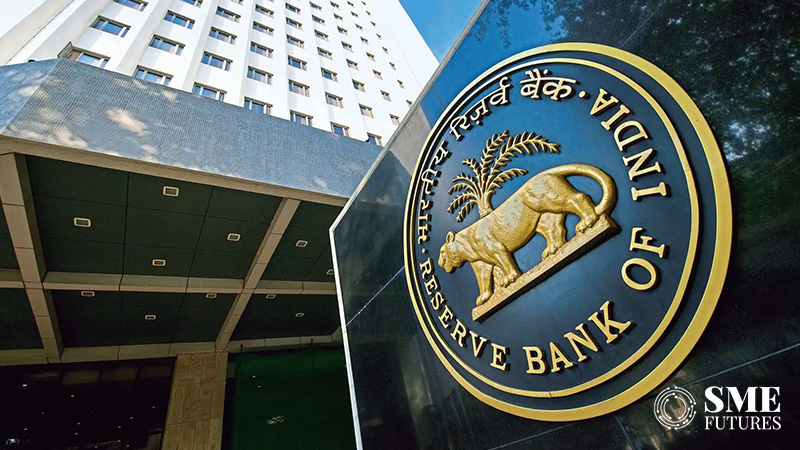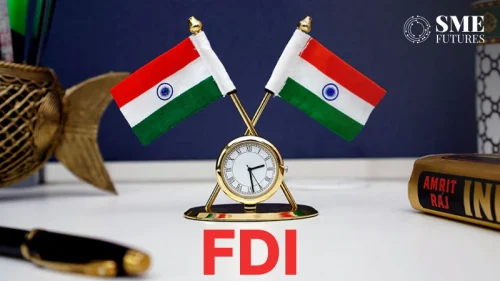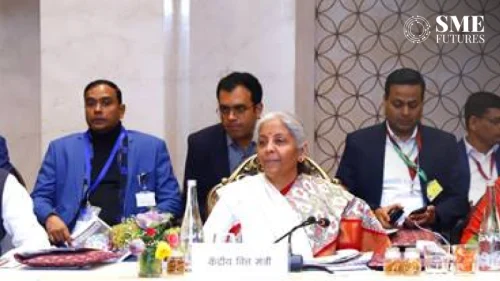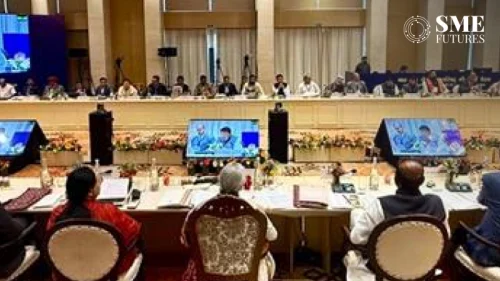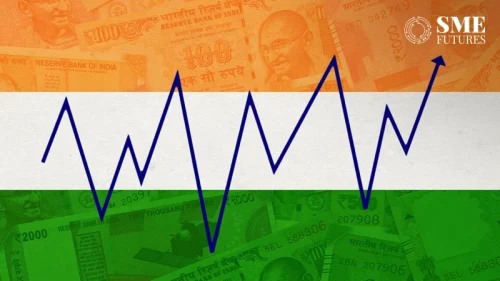The Reserve Bank of India (RBI) is set to announce its monetary policy on October 9, 2024, after a three-day meeting. As the repo rate sits at 6.50 per cent—unchanged for nine consecutive meetings—markets and industries are speculating whether the central bank will shift its policy stance. While inflation appears to be in check, other global and domestic factors have created a cloud of uncertainty. So, will the RBI cut the repo rate this time?
Inflation control vs. economic growth
In recent months, inflation, as measured by the Consumer Price Index (CPI), has been comfortably below the RBI’s target of 4%. July and August 2024 saw headline inflation within this range, largely due to favorable monsoon conditions and reduced food prices. However, despite these optimistic signs, uncertainty lingers.
As Suman Chowdhury, Executive Director & Chief Economist at Acuité Ratings & Research, explains, “While the fear of the inflation ‘elephant’ may have subsided with the CPI headline print well within 4.0% over the last two months, the concerns around the stability of food inflation still linger among policymakers.” Chowdhury also highlights potential risks due to the ongoing geopolitical conflict between Israel and Iran, which could spike global oil prices, further complicating India’s inflation outlook.
For now, experts like Chowdhury expect the RBI to “opt for a ‘wait and watch’ mode till Dec’24 or even longer till Feb’25 if inflationary expectations don’t settle down.” This conservative approach would allow the RBI to assess the full impact of international pressures and economic indicators such as the Purchasing Managers’ Index (PMI) and core sector output, which have shown signs of weakness.
Housing market on the edge
On the other hand, a repo rate cut could offer significant benefits, particularly for India’s housing sector. Anuj Puri, Chairman of ANAROCK Group, notes that “the housing market is especially sensitive to changes in acquisition cost, as most home buyers in India rely on home loans.” Lower interest rates on home loans could reduce monthly EMIs, boosting affordability for buyers and potentially increasing housing sales, especially during the festive season.
Puri points out that “average residential property prices across the top 7 cities have collectively seen a significant 46% jump since 2021.” In this scenario, a rate cut could improve overall affordability, not just for individual buyers, but for developers too, by enhancing sales and cash flows while reducing borrowing costs for their projects.
However, the decision is not as straightforward. Puri adds that “while the recent US Fed cut would have prompted the RBI to follow suit, the fact is that the global economy is facing considerable uncertainty due to ongoing geopolitical tensions.” The RBI, therefore, faces a delicate balance between supporting domestic growth and mitigating global risks.
External members and new uncertainty
Adding another layer of unpredictability is the shift in the composition of the RBI’s Monetary Policy Committee (MPC). At the last MPC meeting, two out of three external members voted to cut the policy rate. With the terms of these members having ended and new members in place, it remains unclear how the new members will vote. This shift in the decision-making body introduces an element of uncertainty regarding the potential rate cut.
The bigger picture: A tightrope walk for RBI
The global economic landscape is teetering between growth and geopolitical risks. The U.S. Federal Reserve recently cut its policy rate by 50 basis points, raising expectations that the RBI might follow suit. However, as Chowdhury rightly points out, “the chronic geopolitical conflict in West Asia, particularly the confrontation between Israel and Iran, has the potential to spike global oil prices and raise uncertainty around the inflation outlook.”
In light of these risks, most analysts believe that the RBI may choose to maintain its cautious stance. “It is a tightrope walk for the RBI,” says Puri, “and it is therefore possible that it will hold on to the current repo rate for now, until these pressures ease.”
What to expect
While a repo rate cut could stimulate sectors like housing and boost overall market sentiment, the RBI’s decision will likely be influenced by external factors such as geopolitical tensions and fluctuating oil prices. Given the current circumstances, experts believe that the RBI may opt to keep the repo rate unchanged in its October meeting, preferring to wait and assess the evolving global and domestic situation before making any significant moves.
As India navigates these uncertain waters, the RBI’s balancing act between inflation control and economic growth continues to be critical.

